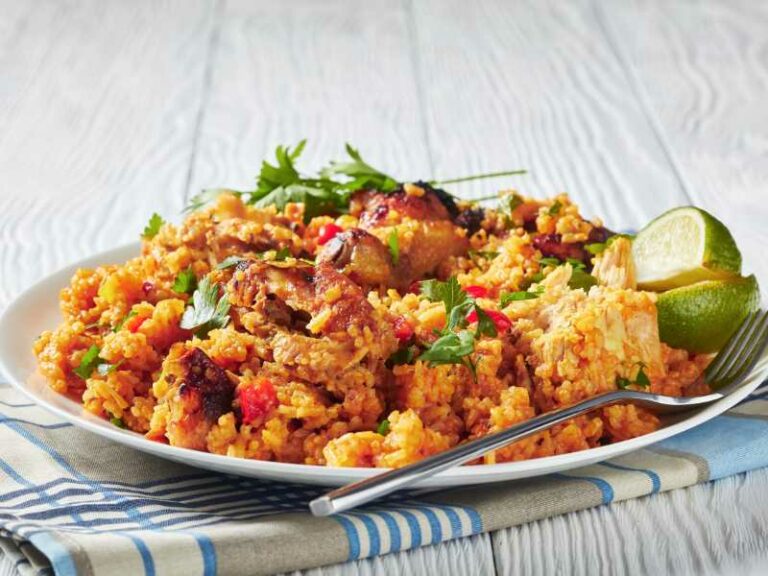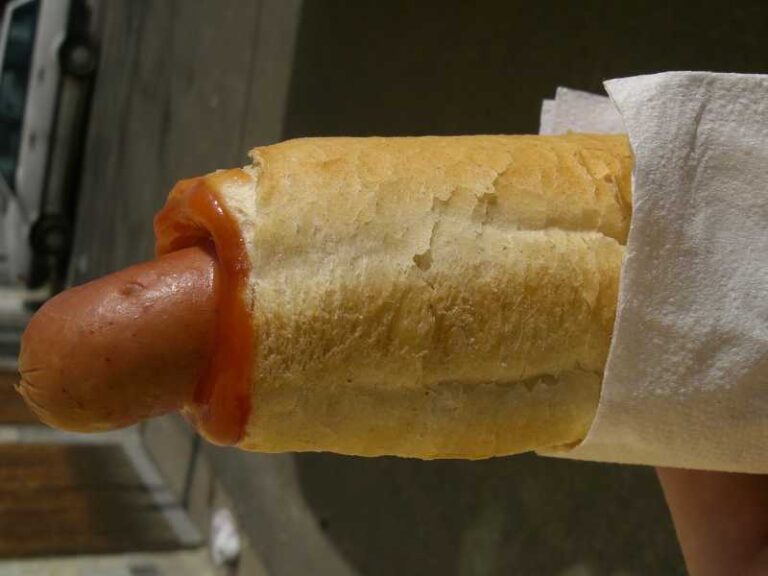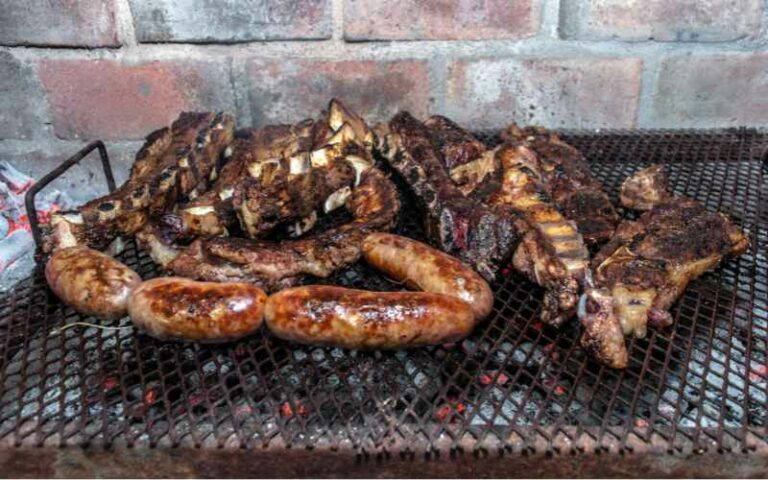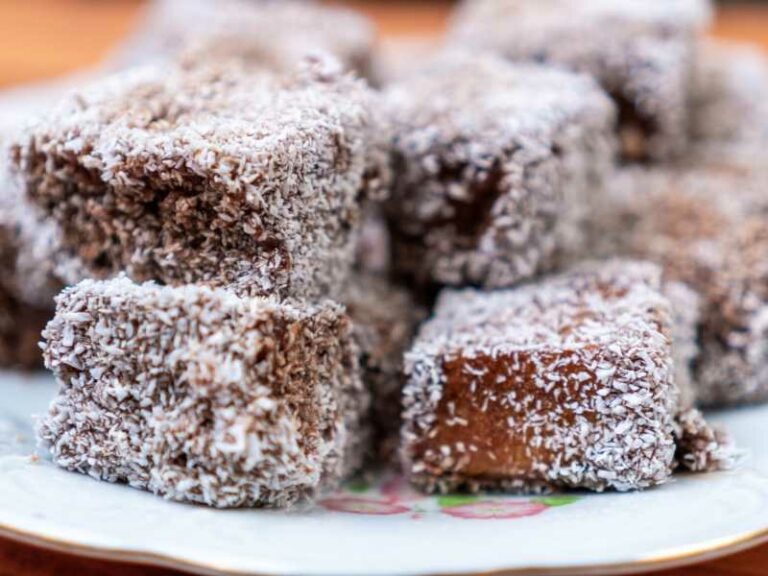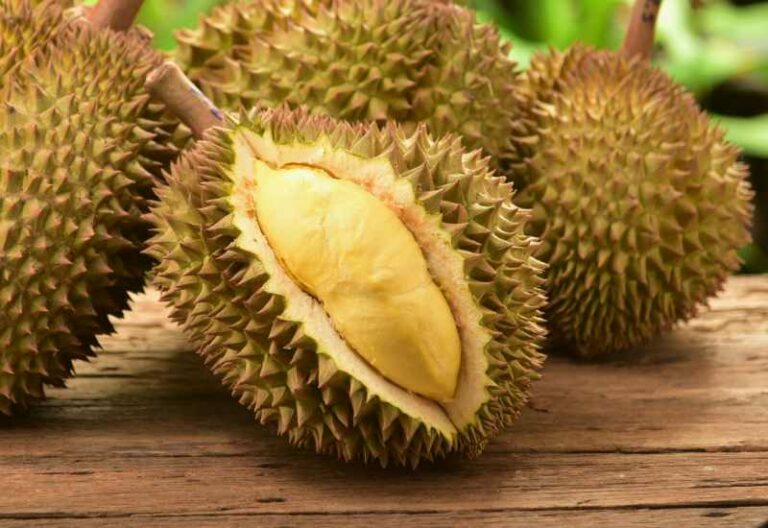Japanese Rakugan Recipe
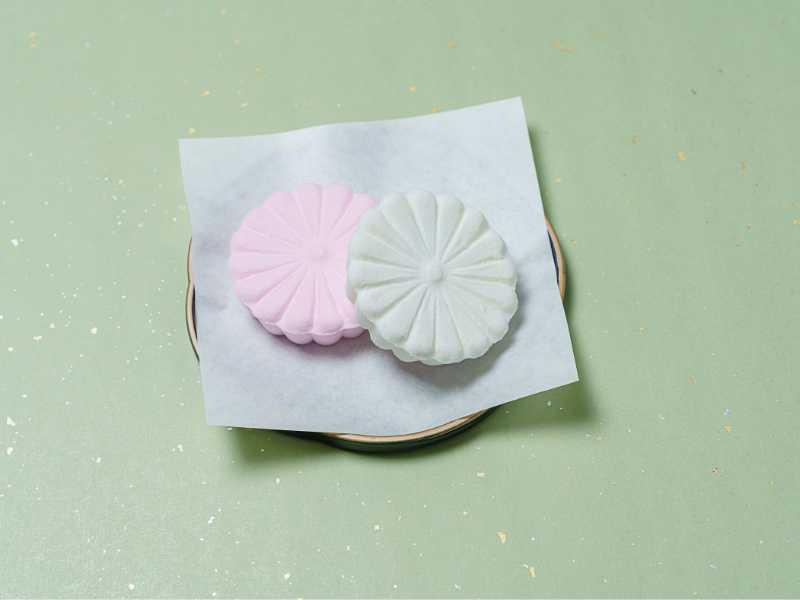
Rakugan are Japanese sweets that are known for their delicate and artistic appearance. They are made by kneading a mixture of finely ground sugar and glutinous rice flour with water, forming it into various shapes, and then drying it to achieve a hardened texture.
Rakugan are typically small in size, ranging from a few centimeters to a few millimeters, and are often intricately designed and decorated using natural food dyes and edible gold or silver leaf. They are not only visually appealing but also exude a subtle sweetness.
Origin & Cultural Significance
Rakugan originated during the Muromachi period (1336-1573) in Japan where they were initially created as an offering for tea ceremonies held by the aristocracy and samurai. The word ‘Rakugan’ itself is derived from the term ‘raku’ meaning enjoyment or pleasure, and ‘gan’ meaning sweet or confectionery.
The cultural significance of Rakugan lies in their embodiment of the principles of simplicity, elegance and craftsmanship deeply ingrained in Japanese culture. These delicate sweets reflect the appreciation for nature and the changing seasons, often featuring intricate designs inspired by flowers, plants and traditional patterns. The art of making Rakugan requires precision and attention to detail, highlighting the Japanese aesthetic of beauty in simplicity.
Rakugan continues to be highly regarded in Japan as a cultural symbol and a treasured delicacy. They are commonly enjoyed during special occasions and seasonal celebrations, such as New Year’s and the cherry blossom season. The meticulous craftsmanship and visual appeal of Rakugan serve to enhance the overall experience of tea ceremonies and contribute to the aesthetic enjoyment of traditional Japanese culture.
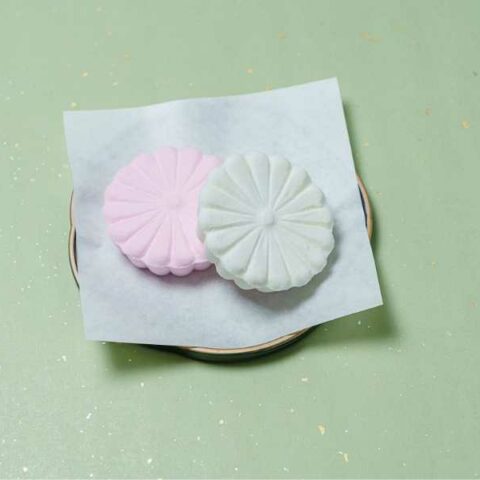
Japanese Rakugan Recipe
Rakugan is a traditional Japanese sweet dish that is known for its delicate and artistic appearance.
Ingredients
- Sweet rice flour - 2 cups
- Powdered sugar - 1 cup
- Water - 1/2 cup
- Matcha powder (optional, for green tea flavor) - 1 tsp
- Edible flower petals or gold leaf - for decoration
Instructions
- Begin by taking a large mixing bowl, and mixing the powdered sugar and sweet rice flour. If you want to make matcha-flavored rakugan, add the matcha powder to the dry ingredients as well.
- Stirring constantly, slowly pour water into the dry combination. The ingredients should be worked with your hands into a smooth dough. If the dough seems dry, add a tablespoon at a time additional water until it has the right consistency.
- Make tiny bits of the dough, and then roll or otherwise form every portion into a ball. Rakugan is traditionally made into small bite-sized pieces or molded into various designs like flowers, animals, or seasonal symbols.
- It's time to bring water to a boil, so you get the steamer ready. To keep the rakugan from sticking, place some cabbage leaves or parchment paper on the steamer basket first. Place the pieces of molded dough on the steamer basket, spacing them apart.
- Steam the rakugan over medium heat for about 30 minutes or until they become firm and cooked through. You can test their readiness by inserting a toothpick or skewer into a rakugan; if it comes out clean, they are done.
- Once cooked, remove the rakugan from the steamer and let them cool completely on a wire rack. Avoid touching them while they are still hot, as they may break easily.
- Once cooled, garnish the rakugan with edible flower petals or gold leaf to enhance their visual appeal. You can press the petals or gold leaf gently onto the surface of each rakugan.
- Arrange the rakugan on a serving plate or in a decorative box. They are now ready to be enjoyed as a traditional Japanese sweet.
Nutrition Information:
Yield: 20 Serving Size: 1Amount Per Serving: Calories: 53Total Fat: 0gSaturated Fat: 0gTrans Fat: 0gUnsaturated Fat: 0gCholesterol: 0mgSodium: 1mgCarbohydrates: 12gFiber: 0gSugar: 5gProtein: 1g
Nutrition is provided and calculated by Nutritionix. It is for general information purposes and is only a rough estimation.

